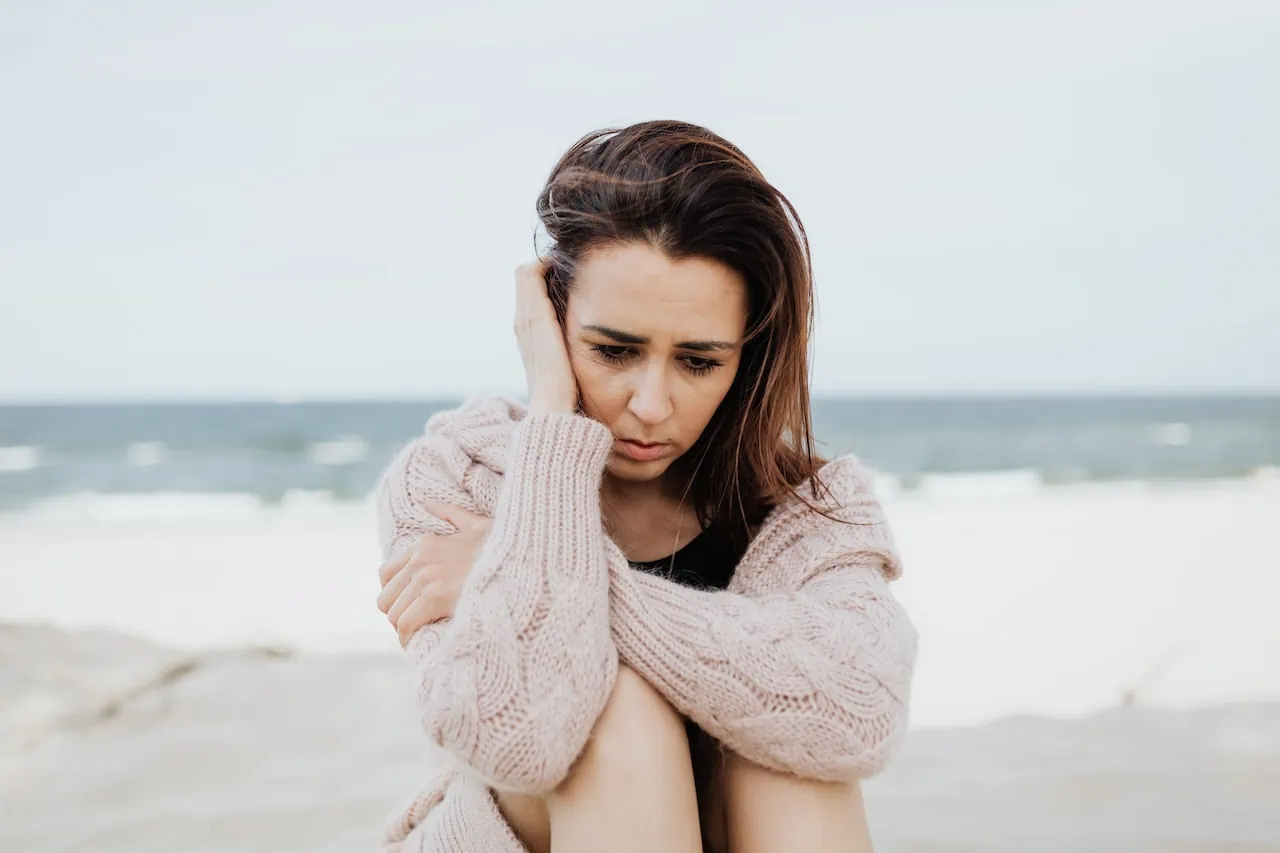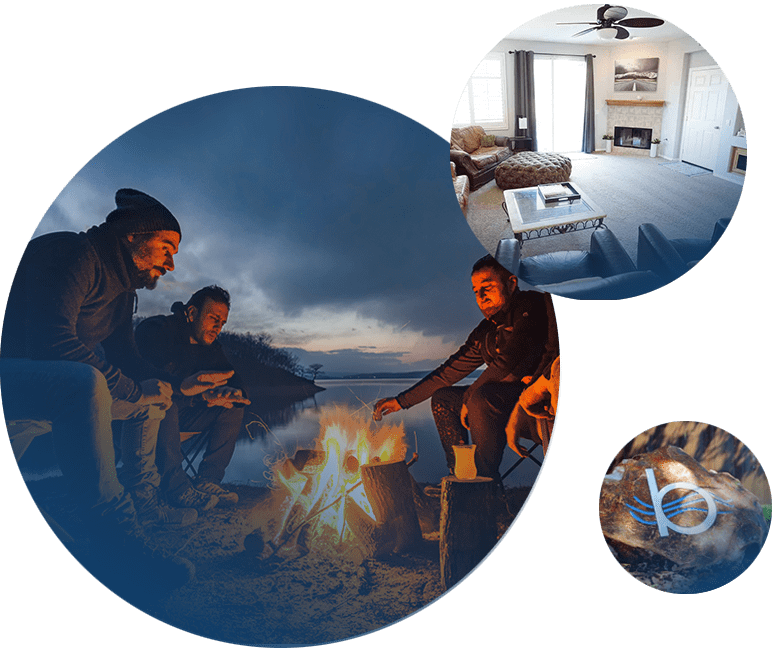


The DEA recently warned about the growing use of “tranq dope,” a new street drug made from fentanyl and xylazine. Fentanyl is a powerful synthetic opioid used medically for pain relief but also commonly used illicitly for its intense euphoric effects, and it is sold on the street. Humans sometimes abuse Xylazine, a horse tranquilizer for its sedative and hallucinogenic properties. The two drugs are now commonly sold on the street, primarily in urban areas, under the name “tranq dope.” And while it’s not a hugely popular drug, the combination still manages to cause overdoses. Many people who take tranq dope don’t know they’re taking it. Usually, they think they're taking fentanyl or another opioid.
When combined, fentanyl and xylazine can produce various effects, including sedation, respiratory depression, and altered perception. Users may experience euphoria followed by heavy sedation. The combination can increase the risk of overdose, as both drugs can depress the central nervous system, leading to slowed or stopped breathing, coma, and death.
Tranq dope, or specifically, the xylazine used in the street drug, has also been known to give its users ulcers. (Xylazine has never been tested on humans.)
People who use tranq dope are also gambling with addiction. Both drugs are highly addictive, leaving some users hooked after the first high. The dangers associated with developing a substance use disorder from using fentanyl and xylazine are significant. Both drugs can quickly lead to physical dependence and withdrawal symptoms when use is stopped. The risk of overdose and other health complications increases with prolonged or heavy use.
The symptoms of intoxication from a drug like tranq dope (a combination of fentanyl and xylazine) can vary depending on the individual's tolerance level, the amount consumed, and other factors such as the purity and potency of the drug. However, some common signs and symptoms of intoxication from opioids and sedatives like these include:
Most people who take tranq dope will have overdose symptoms like those listed above. An overdose is a medical emergency and the best way to handle it is by calling 911 and administering Narcan.
Narcan aka naloxone, doesn’t always help with tranq dope overdoses because the xylazine is a sedative, not an opioid. However, Narcan does help reverse opioid intoxication, which can contribute to overdoses. Carrying Narcan can help reverse opioid overdoses.
Using "tranq dope" or any other illegal drug can have serious health consequences and be potentially fatal. Even long-term drug users have overdosed from tranq dope because of its intensity. If you or someone you know is experiencing any of the symptoms of tranq dope intoxication, it is important to seek medical attention. Misusing any mind-altering substance is potentially dangerous.
Remembering that xylazine was meant for much larger animals than humans is important. It’s a horse tranquilizer and was not meant to be used recreationally. It can be very dangerous.
Are you looking for a sober living home where you can learn to live life sober in a vibrant, welcoming community? San Diego can be a great place to get sober, with restorative beaches, parks, and other outdoor spaces offering scenic and tranquil environments conducive to recovery. Being surrounded by supportive networks, new neighbors and natural beauty can be grounding for individuals seeking sobriety. San Diego also has a strong and supportive recovery community with many 12-step meetings around town.
Learn more about what our sober living homes offer. Get in touch!
Xylazine, a drug called “Tranq dope”, is being found more frequently in drug seizures in San Diego. For the people who use this drug, there are new dangers. It’s often found in fentanyl and is also used as an additive in other opioids like heroin. It’s a disturbing new challenge for people trying to overcome opioid use disorder.
In recent years, xylazine has been found in large drug seizures across the US. Usually, it is added to drugs such as heroin or Oxy. While few overdoses on the West Coast have detected the drug, San Diego authorities say xylazine has been found in seized drugs 23 times in the last two fiscal years between San Diego and Imperial counties. While this isn’t indicative of widespread use, it’s a growing pattern that concerns authorities.
On the East Coast, including Pennsylvania and Rhode Island, xylazine has quickly established itself as a drug of concern, added to drugs like fentanyl to create a more substantial buzz. Just like fentanyl, it’s being added to other drugs without people knowing. More than 40% of street drug samples tested in Rhode Island contained xylazine, according to recent research.
Xylazine is a drug that has never been approved for human use. Its main purpose is the sedation of large animals such as horses. It is technically a muscle relaxant for horses. In the past few years, the drug has been making major headway on the East Coast, where it is added to other drugs. It has been found in heroin, fentanyl, and cocaine.
The sedation caused by it can lead to an overdose death. If a person who has taken fentanyl also has taken xylazine, it may be much harder to reverse the overdose. Naloxone, an opioid-overdose reversal drug, does not work in reversing xylazine toxicity. The person who overdoses may have the opioids reversed but not wake up. It can cause coma and death when a person overdoses on it.
Xylazine is a drug that is still being understood in the medical community. There are a few things that the DEA has told medical providers about it, such as the fact that the “high” starts within minutes and lasts for hours.
Inside a person’s body, it relaxes muscles by decreasing the release of norepinephrine and dopamine in the central nervous system. It has a profoundly sedating effect.
People high on xylazine may experience blurred vision, low blood pressure, and sleepiness/drowsiness/nodding out. It can cause hyperglycemia (high blood sugar) and can be dangerous for people with medical conditions affected by blood sugar.
Xylazine can cause skin disease. People often end up with painful, easily infected skin ulcers when they’ve taken a drug containing it. The wound usually isn’t in the same place they injected it and can still occur if they didn’t inject it, making it a hazard for all accidental users.
On the East Coast, especially in places like Pennsylvania, where xylazine use has become endemic, users have become addicted to the drug. This means they only seek out opioids containing it. When they decide to get sober, this adds an extra challenge because they will typically experience withdrawal symptoms that Medication-Assisted Treatment can’t suppress. Treatment centers are still learning to cope with the challenge but are ready to help anyone who wants to get sober, regardless of the challenges. Medications still exist to help minimize withdrawal symptoms.
If you or somebody you love is looking for a sober living situation, we're here to help! Our sober homes feature community, safety, and structure as you learn to live life on its terms. Everyone deserves the opportunity to stay sober. Give yourself a chance and learn about our programs by calling 760-216-2077.
